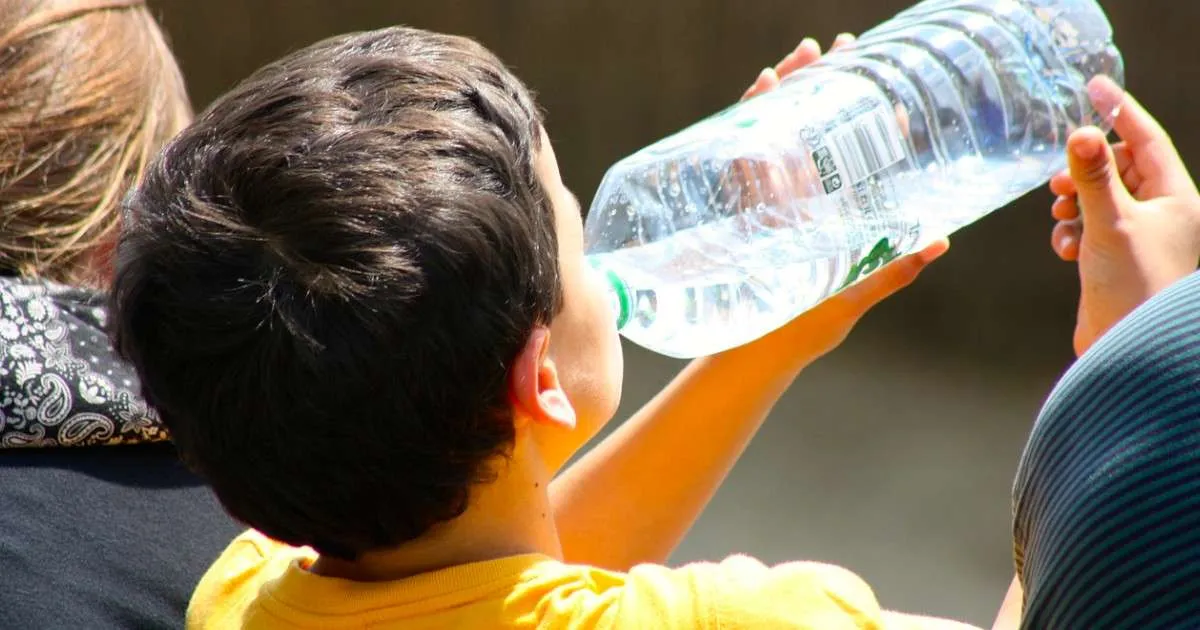FOGARTY: PERU’S RESEARCH INFRASTRUCTURE CONTINUES TO FLOURISH

Peru’s research infrastructure continues to develop. Nowadays, doctors, biologists, and other specialists have more training and funding, largely thanks to the support they receive from international institutions, such as the Fogarty International Center.
In an article on its web page, this organization revealed when it arrived in Peru, the programs it developed, and the support it received from important institutions such as the Universidad Peruana Cayetano Heredia.
“During the early years of the AIDS epidemic, Fogarty moved from training European researchers to developing and strengthening research capacity in low- and middle-income countries. It was in this context that Fogarty-supported training programs in Peru began in earnest in the early 1990s. These initial programs combined training with research to develop a network of health scientists while fostering collaborations with health research institutions both within and outside the South American nation.”
“On a trip to Lima in June 2023, Fogarty’s interim director, Dr. Peter Kilmarx, met with several trainees from those early programs who have since become leaders in Peruvian health research,” it added.

Mónica Pajuelo (right in the photo), a Fogarty GID fellow, directs the Cayetano Heredia Molecular Microbiology Laboratory. Photo credit: Fogarty.
The article mentions several hereditary researchers, such as Drs. Mirko Zimic and Andrés Lescano, and Drs. Mónica Pajuelo, Maribel Paredes, Patricia Sheen, Manuela Verástegui, all fellows of Fogarty‘s Global Infectious Diseases (GID) program. In addition, Dr. Pablo Tsukayama and Dr. Theresa Ochoa, who also benefited from their programs, were leaders in the field of science.
“These generations have contributed to scientific discoveries and helped build infrastructure so local physicians, healthcare providers, and scientists can improve their skills while promoting regional health,” the article concludes.
See the complete note in the following link.




